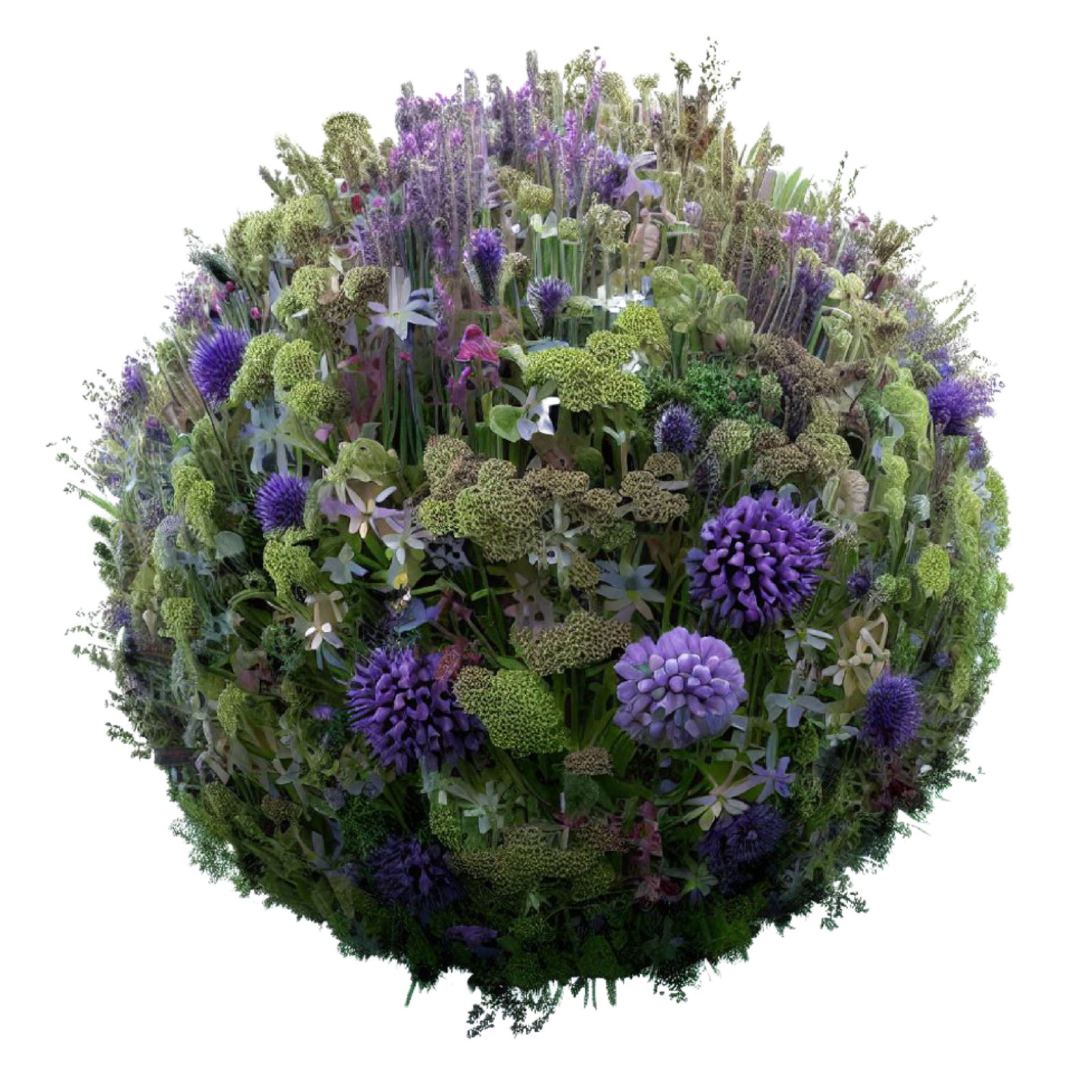
Why are most rivers brown or red? A soupy earthy colour. It’s because they are draining the life blood of our planet away – soil. It’s crumbling, melting and disintegrating into the water and being swept out to sea, never to return. It has to stop. It’s disastrous. And there’s a better way…
I remember getting nearly full marks in a school test about soil. But I knew so little about why its health is vital for life on this planet. Now I know more and have been inspired by listening to the fascinating Story of Soil webinar on regenerative agriculture. It was organised by 5 X 15, in collaboration with Groundswell.

If you look at the blog I wrote when I got back from Sicily in October (2020), you’ll see how shocked I was at what the farmers were doing in the centre of the island. They are not alone. Ploughing, spraying and planting monocultures has become standard agricultural practice around the globe. The result is massive soil erosion, degradation and loss of fertility. It also means that the earth is less able to retain water and is therefore more vulnerable to droughts and floods.

David Montgomery, author of Growing a Revolution, talks about how humanity has lost about one third of cropland to date and that another third will be lost by the end of this century, if we don’t change our approach.
In the webinar, the Cherry brothers – Paul and John – (Groundswell) give a graphic illustration of good soil vs bad soil. They had two jugs of water, putting a lump of degraded soil in one and some rich humous soil in the other. The difference was immediately obvious. The poor soil started dissolving and continued to do so whilst the healthy soil stayed afloat.

The good thing is that the speakers know how we can change our approach and make things better. They all had broadly similar recommendations, as follows:
- Stop ploughing: The Americans refer to this as ‘No Till’. Modern equipment replacing the till with the drill has made this far easier than it was in the past.
- Maintain permanent land cover: Keeping the land continuously covered with plants is excellent for the health of soil microbes
- Grow Diversity: Rotating crop species used to be common practice and it should be again, as well as mixed planting.
- Stop Agrochemicals: A massive 2.5% of greenhouse gases comes from fertiliser as it releases nitrogen oxide.
- Work with Nature: ‘To be good stewards we have to understand how healthy eco-systems function.’ In nature there’s no mechanical and limited chemical disturbance.

Gabe Brown, who has become a soil guru shared his story. He says that his father-in-law taught him about farming with the adage ‘the more you work the soil the better it is’. This reminds me of a book I used to read to my children about a father bear trying to teach his children what they should be doing – but in the end managed to show them what not to do! Gabe has discovered following the advice passed onto him was devastating for soil health and fertility.

The incredible part of Gabe’s story, about his farm in North Dakota, is that he had such a hard time after he sold his tillage equipment in 1994. Over the next four years, he lost 100% of his crop, four times – three through hale and one through drought. He now says that this was the best thing that could have happened to him, despite the huge $1.5m debt he had, along with the challenge of raising a young family.
He got some better advice. Don’t just change what you’re doing, change the way you think – and really look at the land you’re trying to farm. Essentially, this meant working out what crops were most suited to the soil and the climate where he was. He says, that to be good stewards, we need to understand about healthy eco-systems – working with nature rather than against her. The results for his farm have been spectacular. He has a graph showing that in 1993 his top soil was 3 inches deep with approximately 1.7% organic matter and half an inch of rainfall infiltration. Now it’s x (figure to come) inches deep, has 7% of organic matter and can infiltrate a staggering 30 inches of rainfall per hour – wow!
‘Imagine if you’re an earthworm – you’d be pretty happy
if the soil didn’t dry out’.
Joanna Bowen, Groundswell Outreach Programme

You may wonder what these farmers think about livestock and their impact on climate change. The Cherry brothers explain the benefits of grass fed animals, as supported by the Pasture Fed Livestock Association. They say that although their cows are burping methane, they also stimulate methane eating bacteria. One cow is not the same as another when it comes to its impact on global warming.

One question that we might all be asking is why isn’t regenerative agriculture much more widespread and actively encouraged by governments? Apparently, this is still at the stage of early adopters and it takes time to overcome conventional wisdom.
However, the benefits are huge. Healthy soil means higher farmer profits (yes!), comparable yields, less fertilisers, pesticides and fossil fuel use, increased soil carbon and water retention and less off-site pollution. What’s not to like about that?
“Ditch the plough, cover up and Grow Diversity”
David Montgomery, author of Growing A Revolution
Comments Welcome….




